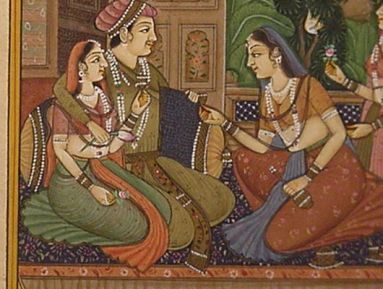OC
stands for Original Character.
OC
is an internet slang initialism referring to a minor character in an existing canon whose role is being expanded by a fanfiction writer or a completely new character who exists in the reality of a published canon.
For our next project you will be creating on original OC. You will use the worksheet provided to help build your character from scratch before you begin sketching and then completing a final artwork of your OC.
I used many websites as inspiration for this project. You can check them out by clicking on their links below.
https://sparketh.com/how-to-create-an-original-character/
https://www.clipstudio.net/how-to-draw/archives/154434
https://www.skillshare.com/en/blog/how-to-design-your-own-character-character-design-generator/
https://reallygooddesigns.com/how-to-design-character/
DAY 1-2
We will begin by filling out this OC Starter Sheet to help you create a character that is complex because OC's are like onions, ya know......they have layers 🧅😬😀
Having a well rounded, dynamic character will give you more items to and ideas for what to add to your characters drawing. How will you showcase your OC's backstory and personality into the way the look or the posture they keep? How will you showcase their goals or mission through the items they carry or the clothing they wear? Do you want your OC to be from our universe or to originate from an alternate universe of your choice? These questions and many others will be answered in this starter sheet.
DAY 2-4


.jpeg)
.jpeg)
































.png)
.jpg)
%20(1).jpg)





.jpeg)

